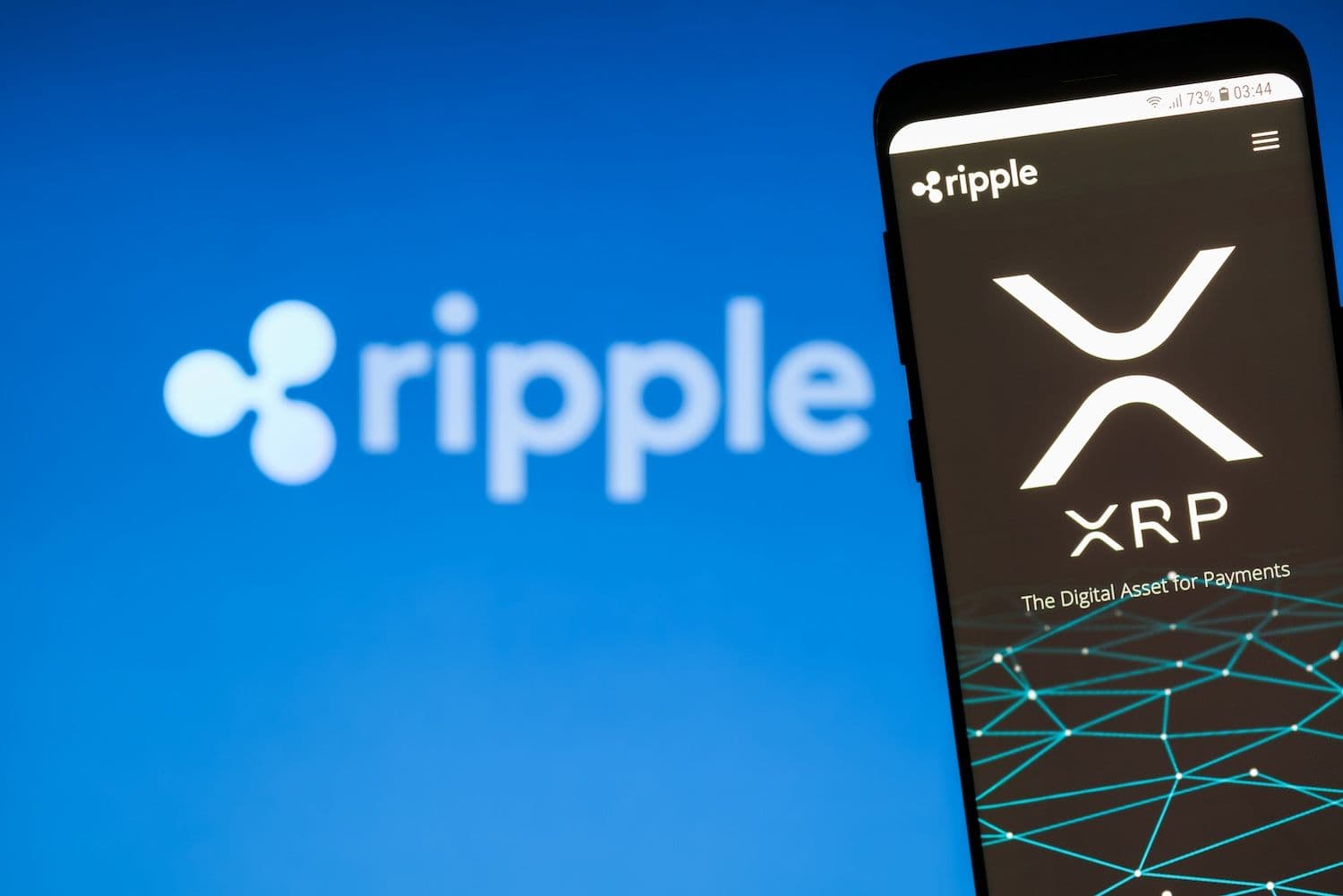Ripple has placed 400 million XRP tokens valued at $869 million back into escrow following its monthly token release, according to blockchain monitoring service Whale Alert. The cryptocurrency company initially unlocked 500 million XRP worth $1.088 billion before transferring the tokens to Ripple in two separate batches of 300 million and 200 million XRP.
What to Know:
• Ripple locked 400 million XRP ($869 million) back into escrow after releasing 500 million tokens • The company has shifted from its traditional 1 billion XRP monthly unlock pattern since March • A failed attempt to release an additional 300 million XRP was detected, suggesting more changes ahead
Token Management Shifts Signal New Approach
The 300 million XRP transfer appears earmarked for on-demand liquidity services, exchange-traded products, and strategic partnerships. Blockchain analysts identified another attempted escrow release of 300 million XRP earlier today. That transaction failed to complete, indicating potential additional updates to Ripple's token management system.
Since 2017, Ripple has maintained a consistent pattern of unlocking 1 billion XRP monthly from escrow accounts. This year represents a departure from that established routine. Beginning in March, the company started executing internal transfers and creating new escrow arrangements from existing XRP holdings rather than releasing the full traditional amount through standard unlocks.
The shift has become a recurring pattern rather than an isolated incident. Ripple previously unlocked tokens on June 4, continuing its modified approach to escrow management. The company's evolving strategy reflects broader changes in how it handles token distribution and liquidity provision.
Escrow Holdings and Market Impact
Ripple clarified in a recent market report that 38 billion XRP remain held in escrow accounts managed by smart contracts, not under direct company control. The company maintains up to 5 billion XRP in its own operational reserves. These holdings represent separate pools of tokens with different management protocols and usage restrictions.
The escrow system was originally designed to provide predictable token release schedules and market stability. Smart contracts govern the release mechanisms, creating automated processes that limit manual intervention. This structure was intended to address market concerns about token supply and pricing volatility.
Current developments occur amid increased activity and speculation in the XRP market. Focus has intensified on Ripple's liquidity services and potential expansion into tokenized financial products. The company's strategic positioning in cross-border payments and institutional cryptocurrency services drives continued market attention.
Market Response and Future Implications
Investors and analysts closely monitor Ripple's token movements, particularly their relationship to price action and strategic reserves. The company's influence on XRP market dynamics remains significant given its substantial token holdings.
Changes in release patterns can affect market sentiment and trading volumes.
The failed escrow release attempt suggests ongoing adjustments to Ripple's token management infrastructure. Technical issues or strategic reconsiderations could explain the unsuccessful transaction. Market observers expect additional updates as the company refines its approach to token distribution.
Ripple's broader market influence extends beyond simple token releases to encompass liquidity services, partnership agreements, and regulatory compliance efforts. The company's strategic decisions regarding XRP management reflect considerations of market stability, operational needs, and regulatory requirements.
Closing Thoughts
Ripple's decision to lock 400 million XRP back into escrow represents a continuation of its evolving token management strategy that began in March. The company's departure from traditional monthly release patterns signals a more flexible approach to balancing market supply with operational requirements and strategic objectives.

